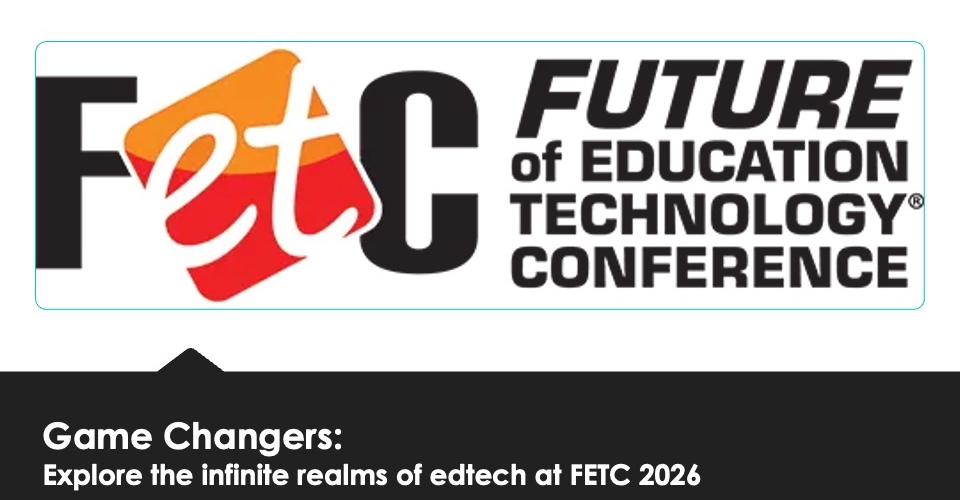Advancements are moving at a rapid pace with artificial intelligence. This has alarm bells ringing in many industries, including education. While AI has been used successfully in schools for decades, the explosive growth of generative AI tools has thrust this technology into the spotlight.
But what do educators think about AI? We surveyed approximately 800 K12 educators to better understand how districts and schools are navigating this new frontier.
Here are five key findings:
1. There are major gaps between administrators and teachers. Two-thirds of educators are somewhat or extremely optimistic about the future of AI in education. Yet, there is an enthusiasm gap between administrators and teachers. While 39% of administrators are extremely optimistic about the adoption of artificial intelligence tools, only 22% of teachers are.
There is a usage gap as well. Although more than three-quarters of educators believe that AI can be helpful, only about half use it. Here, too, there is a marked difference between administrators and teachers. While 67% of school and district administrators use AI for work, only 53% of teachers do.
2. Educators are anxious about student usage. A whopping 81% of educators worry about AI’s impact on academic integrity. So, it’s no surprise that a majority (61%) have banned student use of AI. Overall, teachers are less comfortable with students using AI than administrators are. While 23% of teachers are very uncomfortable with allowing students to use AI, only 8% of administrators are.
‘Talking Out of School’ podcast: 3 characteristics of a powerful portrait of a graduate
3. Educators’ primary concerns are cheating and a lack of training. Among educators who are using AI, 52% find the biggest challenge to be students using AI for cheating. Half of educators say that a lack of AI training and support is another top concern—and it’s easy to see why. While 93% of administrators believe it is important to provide AI training and support to teachers, only 25% have done so.
Most students haven’t been instructed on AI use either. More than half (58%) of teachers have not discussed the proper and improper use of AI with their students.
4. The biggest benefits for students are different than for educators. While educators’ top benefit from AI is saving time, they believe the biggest benefit it can bring to students is building a deeper understanding of concepts or lessons. Other student benefits include making learning more efficient, fostering creativity, creating more equitable learning environments, building confidence and increasing student achievement.
5. AI policies are lacking. Although interest in AI is increasing, most educators have not yet implemented policies for AI. Eighty percent of administrators have no AI policy at their school or district. Similarly, 74% of teachers do not have a classroom policy.
Next steps in artificial intelligence
Overall, educators seem cautiously optimistic about artificial intelligence and its future in education, but there is more work to be done. These survey results can open the door to conversations and point the way to actions that administrators can take to ensure that AI is working for the benefit of everyone.
Here are a few action steps to start:
- Develop policies at the state and district levels to govern ethical AI adoption. Such policies should prioritize student protections and teacher supports. They should also be updated regularly as the technology and its usage in schools evolves.
- Provide ongoing professional development to help teachers develop AI literacy and skills and become comfortable with using the technology in their classrooms.
- Promote equitable access to AI. This includes addressing issues related to infrastructure, hardware, and internet access, as well as providing high-quality AI solutions systemwide.
- Capitalize on AI’s strengths to improve student learning. Existing AI solutions, for example, can aid teachers by providing individualized support for students. AI can act as a one-to-one coach that adjusts to every action and intervenes with hints to guide students toward deeper understanding. It can identify where students are stumbling and why, and give teachers in-the-moment data so they can see where students are and where they’re headed.
- As AI adoption accelerates, conduct further research to gather educator insights and assess real-world impacts on teacher practice and student learning outcomes over time.
- Foster open dialogue and collaboration through conferences and community forums focused on AI best practices and problem-solving around implementation challenges.
Looking forward
The survey findings confirm AI’s potential to enhance efficiency, engagement and equity if thoughtfully implemented. By shaping and stewarding this technology to augment—not replace—the invaluable human elements of education, we can find a path forward together.



